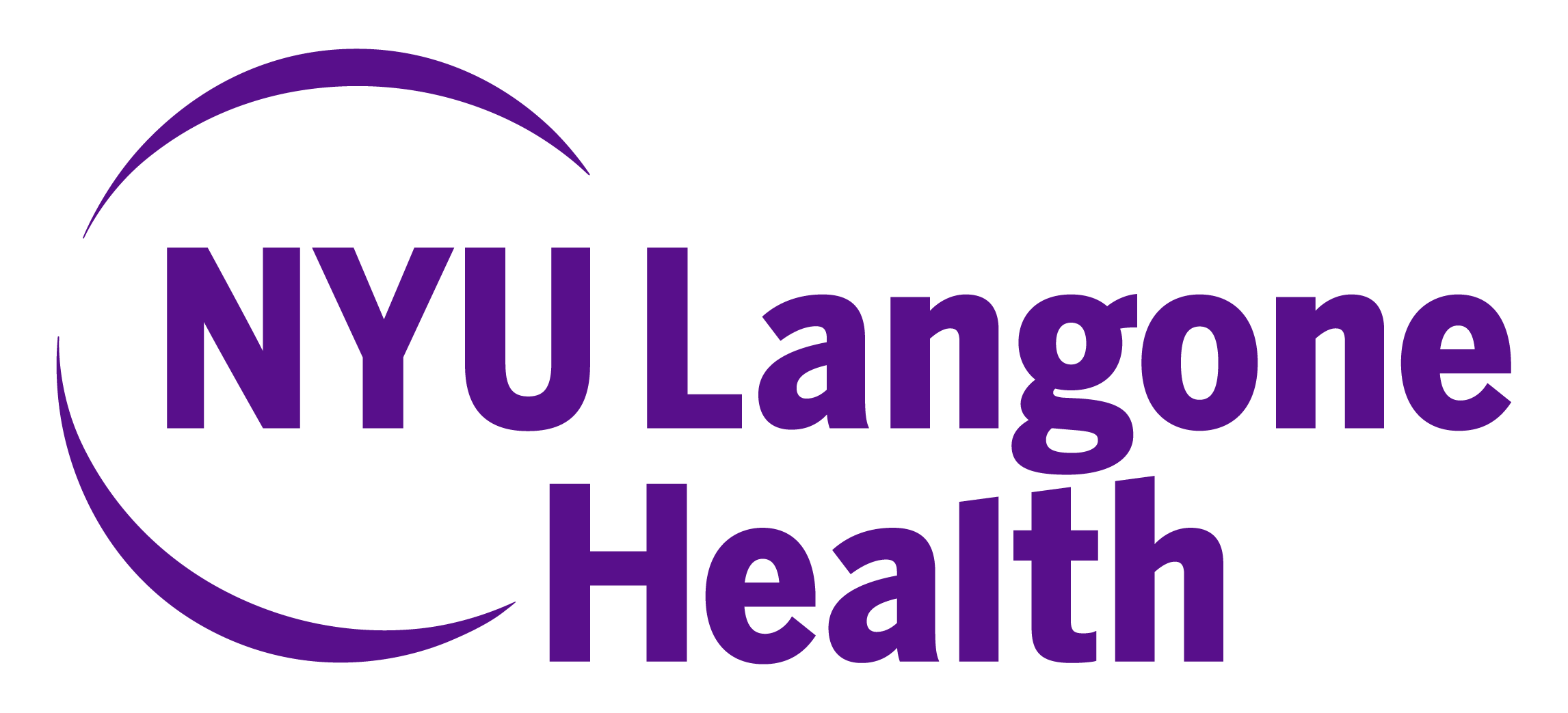- Advertise
- About OncLive
- Editorial Board
- MJH Life Sciences brands
- Contact Us
- Privacy
- Terms & Conditions
- Do Not Sell My Information
2 Clarke Drive
Suite 100
Cranbury, NJ 08512
© 2025 MJH Life Sciences™ and OncLive - Clinical Oncology News, Cancer Expert Insights. All rights reserved.
Dr. Ginsburg on Cervical Cancer Disparities in Low-Income Countries
Ophira Ginsburg, MD, director of the High Risk/Cancer Genetics Program at NYU Langone's Perlmutter Cancer Center, discusses cervical cancer disparities in low-income countries.
Ophira Ginsburg, MD, director of the High Risk/Cancer Genetics Program at NYU Langone's Perlmutter Cancer Center, discusses cervical cancer disparities in low-income countries.
Cervical cancer has been largely addressed in many high-income countries, says Ginsburg. These countries have had anywhere up to 40 years of experience in population-based screening programs with cytology through Pap tests. Additionally, these countries have better access and implementation of pre-cancer treatments. In middle- to low-income countries, there are high numbers of women dying from cervical cancer. Ginsburg says that in 2017, over 250,000 women died of cervical cancer worldwide, and 9 in 10 of those women were living in a lower-income country.
Ginsburg says that the tools to prevent cervical cancer are available, and physicians do know how to cure the disease in all settings. In conjunction with academia, civil society organizations, and oncology organizations such as AACR and ASCO, the World Health Organization is aiming to help countries address this burden by finding pragmatic tailored solutions that will fit into their specific health systems.


